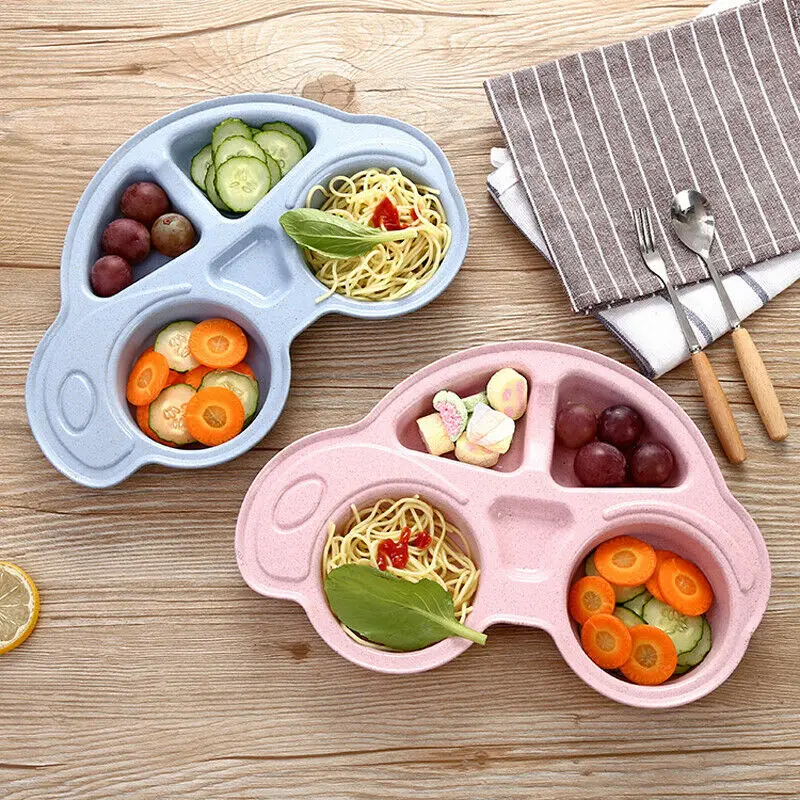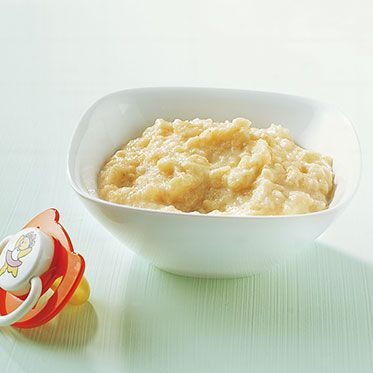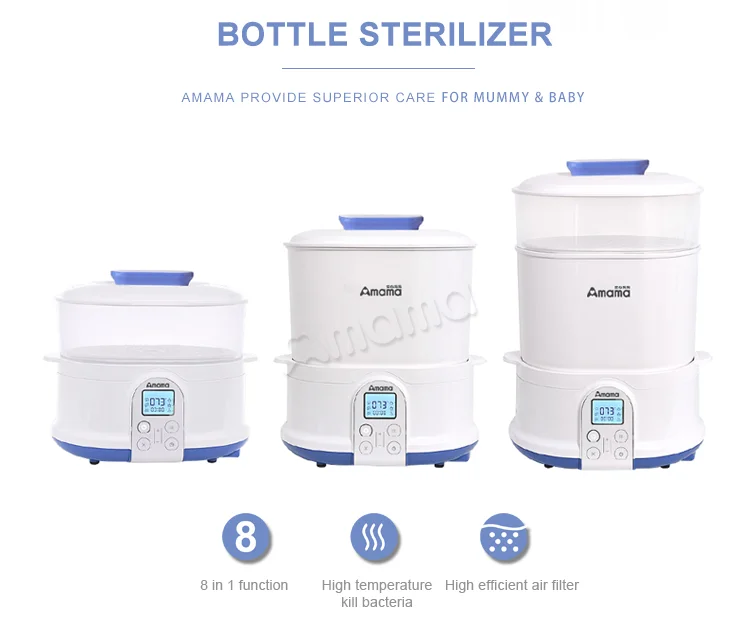Frozen fruit baby food
Homemade Baby Food Fruits and Vegetables FAQ page. Learn about preparing fruits and vegetables for homemade baby food, find answers to common questions about Preparing, Storing and Making Homemade Baby Food from Fruit and Vegetables
1. Why do you have recipes to cook fruit?
Can I give my baby raw fruits? Many pediatric sources recommend cooking fruits until baby is about 8 months old. Bananas and avocado are an exception. For infants who start solids prior to 6 months old, cooking fruits is recommended. Cooking fruits breaks them down thus enabling easier digestion in an immature tummy.An older baby will be better able to handle the fibers and sugars of raw fruits than will the baby who is younger and just starting on solids.The “skins” of the fruits should always be peeled, especially prior to 8 months old. Infants who are fed fruits that have been pureed raw, with skin/peel on, may not have any issues with digesting those fruits. There are no immediate life threatening health risk to a baby fed raw fruits however, you may find baby has some digestion and tummy troubles. This should pass once the fruit itself has been passed.Depending on the doctor to whom you are speaking, this recommendation may vary with age. Some doctors may say cooking fruits is not necessary at all.
NOTE: Peeled raw & ripe fruits are perfectly fine in a baby safe feeder. Why? The amount of fruit that your baby will actually manage to eat from the Baby Safe Feeder is very small. There is a difference between spoon feeding a baby fruit and allowing a baby to suck on fruit from the Feeder.
2. Peeling Fruits & Veggies – Do I peel fruits & veggies for homemade baby food?
Please visit our Peeling Fruits & Veggies page to learn more
3. Fresh Frozen or Canned vegetables and fruits for baby food?
It is always best to use Fresh whenever possible and whenever fresh is truly fresh. Using Frozen foods is the second best choice. Caveat: read the labels as many frozen vegetables contain added salt and frozen fruits may contain syrups.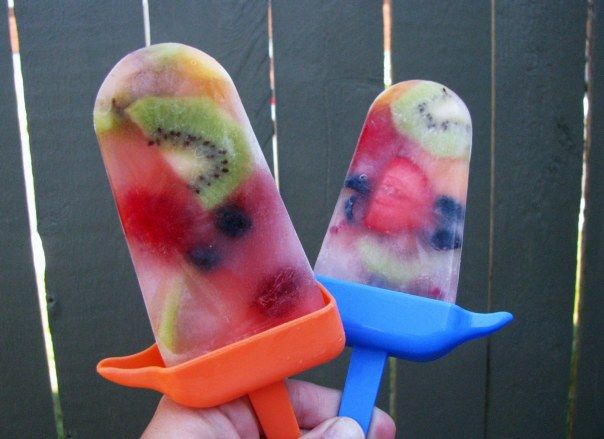
Why Not Canned Fruits and Vegetables for use in Homemade Baby Food Recipes? Canned vegetables and fruits for making homemade baby foods are not recommended for several reasons. Please read our Using Canned Food for Homemade Baby Food article to learn more.
4. Can I use Frozen Vegetables or Frozen Fruits in Homemade Baby Food Puree Form?
Yes – You can use frozen fruits and vegetables to make your homemade baby food recipes. Frozen fruits and vegetables for making homemade baby food may be a better alternative than fresh. Frozen fruits and veggies may be more fresh than fresh. Many sources and food authorities say that oftentimes frozen foods are more “fresh” than fresh. Were you to have the choice between a soft, bruised and less than Fresh acorn squash versus frozen squash to make homemade baby food, the choice for many people would be to purchase the Frozen squash.
Further, many fruits and vegetables that are seasonal may be unavailable as fresh and using their frozen counterparts is acceptable.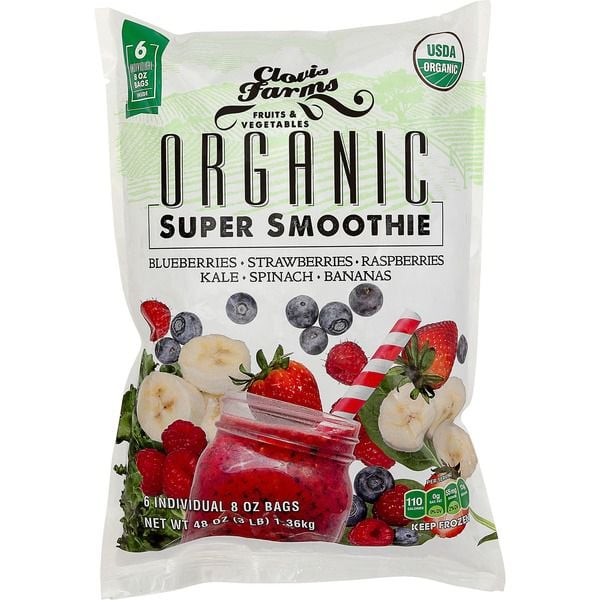 There is some debate about using Frozen foods to make baby food. There are a few books that do not recommend using frozen foods and then re-freezing those veggies or fruits. The recommendation in those books advocate that only 100% fresh foods be used for homemade baby foods.
There is some debate about using Frozen foods to make baby food. There are a few books that do not recommend using frozen foods and then re-freezing those veggies or fruits. The recommendation in those books advocate that only 100% fresh foods be used for homemade baby foods.
Oftentimes, those same books will recommend that only Organic foods should be used and that anything other than Organic and Fresh isn’t good and should be avoided entirely. This is untrue and sadly, often scares parents away from making their own baby food.
In a “perfect” situation, Organic and Fresh this is the BEST choice by far. However, there are many parents who do not and will not have economical or logistical access to only fresh fruits and vegetables (or Organic, locally farmed meats) than there are parents who do. In this instance, using frozen is far better than using canned.
5. Choosing Frozen Vegetables and Frozen Fruits for Homemade Baby Food
When choosing frozen veggies, look for those that contain no salt. If you cannot find any veggies that are salt-free, simply give the veggies a good rinsing prior to cooking them. When choosing frozen fruits, try to find those that are not frozen in syrups or other sugars.
If you cannot find any veggies that are salt-free, simply give the veggies a good rinsing prior to cooking them. When choosing frozen fruits, try to find those that are not frozen in syrups or other sugars.
There many fruits such as peaches, melons, avocado, blueberries and strawberries that are frozen “au natural” with citric or ascorbic acid being a possible additive. Frozen fruits should be cooked prior to pureeing and then freezing. You may wither steam or bake the fruits. If your baby is old enough to be served fruits that do not need to be cooked, take out the appropriate amount of fruits from the freezer bag, puree or mash and then store in the fridge for up to 72 hours.
ALWAYS ensure that you are not feeding baby directly from the bowl and then storing the bowl you fed from back in the fridge – take out the portion you will feed, put it into baby’s bowl and then put the bowl of food back into the fridge.
More about using Frozen Vegetables and Frozen Fruits for Homemade Baby Food
Do I cook the frozen fruits and veggies?
Frozen veggies/fruits are typically NOT cooked prior to freezing and packaging; hence why you have to cook and not just warm them. When you freeze purees that you have made from frozen veggies or fruits, you have cooked those veggies/fruits. Odds are that prior to freezing, those same foods have been picked at the peak of freshness and “flash” frozen for optimal taste and nutrient preservation.
When you freeze purees that you have made from frozen veggies or fruits, you have cooked those veggies/fruits. Odds are that prior to freezing, those same foods have been picked at the peak of freshness and “flash” frozen for optimal taste and nutrient preservation.
It’s safe to freeze foods that have been frozen AND cooked
Refreezing foods that have been thawed but not cooked, is not safe nor is it recommended.
For example, if you thaw out a roast, you then cook it and freeze the leftovers for another meal – this is ok and safe. If you were to thaw that same roast and then change your mind and toss it back in the freezer without cooking it, this is bad and could pose a health risk.
Bacteria will grow at a variety of different temperatures – temps close to freezing and even right to the boiling point of water. Bacteria that grow best at the middle of these temp ranges are mesophiles; those that are human pathogens and opportunists.
Is there a loss of nutrients with freezing?
Truth is, more nutrients are lost in the cooking of foods than are lost in the freezing of foods.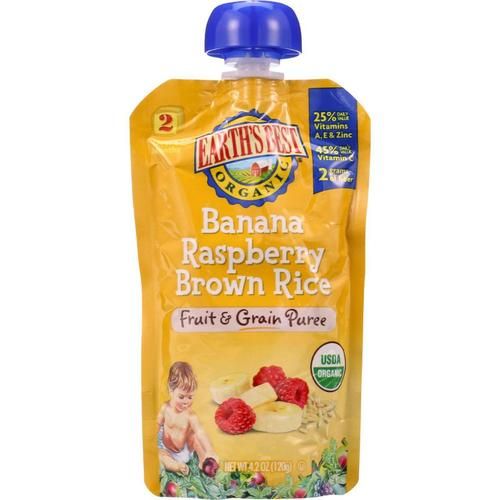 Remember, the frozen fruits/veggies that you purchase have not been precooked (unless otherwise indicated on the label – do not buy these types if you find them). When you cook the frozen vegetable, it is the first time that that vegetable has been cooked.
Remember, the frozen fruits/veggies that you purchase have not been precooked (unless otherwise indicated on the label – do not buy these types if you find them). When you cook the frozen vegetable, it is the first time that that vegetable has been cooked.
Read more at our Freezing Homemade Baby Food Page
6. Should I Only Use Organic Foods?
Organic foods are healthier than most conventionally grown foods. This is due to the lack of, or a significant reduction in, chemicals and pesticides that are in and on foods that are grown organically. Buying and preparing Organic foods for homemade baby food has great health advantages for those infants. Their tiny bodies are not exposed to the levels of pesticides that are found in conventional foods.Pound for pound, an infant consumes more pesticides due to body size. When serving “nitrate” vegetables, the levels of nitrates in Organics are significantly reduced though not 100 percent eradicated (Nitrates are naturally occurring and farming without using nitrogen fertilizers does not eliminate nitrate concentration).
Read More about Choosing Organics
7. How Long Can I Keep Fruit & Vegetable Baby Food Purees in the Refrigerator?
It is recommended that fresh pureed homemade baby food be stored no longer than 48 hours (many food safety authorities say that 72 hour is fine.) in the refrigerator. This limit ensures that bacteria growth in the puree is kept to a minimum and that the food does not take on the “taste of the fridge”. This “rule” applies for veggies, fruits, meats etc.
If you do not plan to freeze your homemade baby food, we would suggest that you make the puree on a day to day, or every other day, basis. For example, one sweet potato may be baked and then you may freeze one half without pureeing it and then puree the other half. This method will help cut down “waste” and also allow for food safety.
8. Breast Milk and Formula for Making Fruit & Vegetable Purees
You should not use Previously Frozen Breast Milk to thin purées that you will then be freezing into baby food cubes.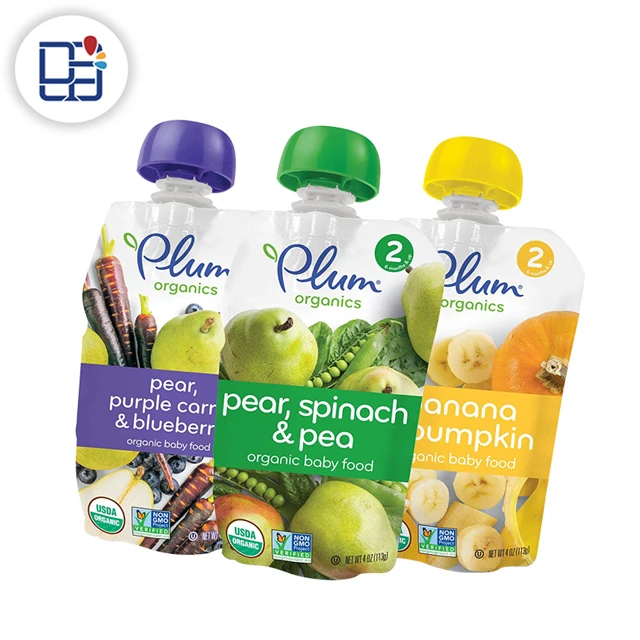
Breast Milk should never be re-frozen in any way or form. Using formula to thin and then freeze purées is acceptable.
Formula companies warn that you do not freeze Infant Formula due to a separation of the formula and not due to any health or nutritional risks. Keep in mind that the amount of formula used in purées is not equal to feeding an infant a bottle of formula.
“Freezing of any Enfamil formula is NOT recommended. Freezing infant formula can lead to physical property changes like fat separation, which may prove difficult for sensitive infants to digest. Freezing will not extend the expiration date of the formula.” “Freezing of our products may cause loss of desirable appearance and functionality (though not nutrition), and is not recommended.” Clinical Frequently Asked Questions, Storing Enfamil
You may wish to mash or puree your baby foods and freeze without thinning with any liquid. Should you decide to do this, you simply thaw the “un-thinned” food cubes and then thin the food cubes to the desired texture that your infant requires.
For more information, visit our Blog topic on using Formula in Baby Food Recipes
9. Best Cooking Methods for Fruit & Vegetable Purees
Baking, steaming or boiling in scant amounts of water is the best way to allow the vegetables to become soft while maintaining the nutrients. Use the leftover water to puree for optimal nutrient preservation. We prefer to bake fruits and veggies whenever possible as baking or roasting will enhance and bring out the flavor of the foods.
Be sure to cook frozen veggies as well, according to the package instructions and then puree as you would if you were using fresh veggies. When cooking vegetables that may contain nitrates, you might want to puree with water other than which the spinach/carrot/broccoli etc. was cooked in.
10. When do I Thin the Fruit & Vegetable Puree?
You may thin your purees either before or after freezing them. It really is an individual choice and is dependant on what you will be using as your liquid (previously frozen breast milk for example should never be re-frozen.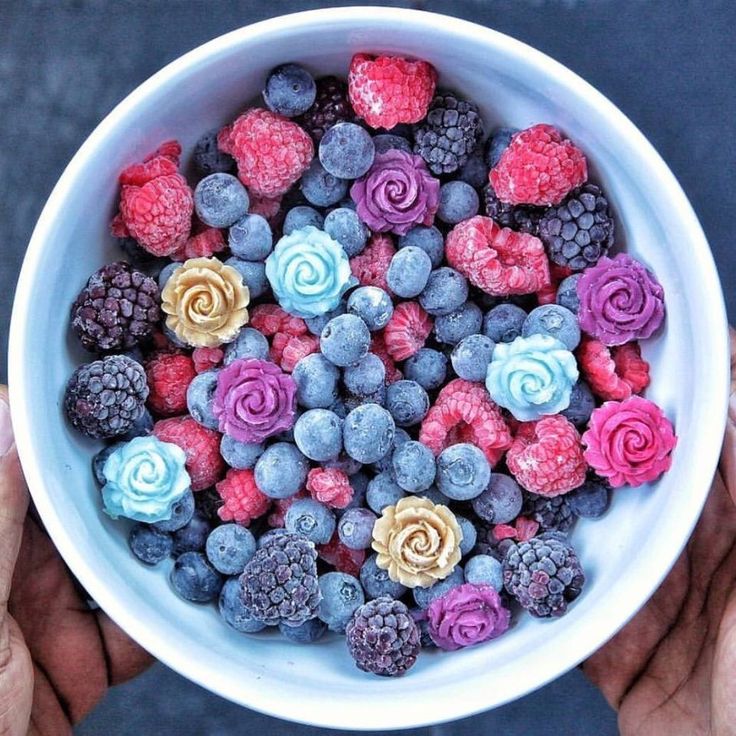 ), many parents find it easier to thin their purees and then freeze. When baby moves on to more texture, it may be easier to simply freeze the purees and then thin upon thawing if needed.
), many parents find it easier to thin their purees and then freeze. When baby moves on to more texture, it may be easier to simply freeze the purees and then thin upon thawing if needed.
Read about Thinning and Thickening Homemade Baby Food
RELATED ARTICLES:
-
Transitioning to Sippy Cups between ages 6 months to 12 months.
-
Solid Food Stages & Feeding First SolidsMonth Range of Feeding Stages & Tips for Feeding First Solid Foods.
-
Introducing Solid Foods by Age Chart for information about what food to avoid and what foods are appropriate for certain ages.
-
How Much Food Should Your Baby Eat? Read our article and ease your mind.
-
Is My Baby Ready for Solids? Explore some key signs and points about the readiness for solid, complementary feedings.

Remember, always consult with your pediatrician regarding introducing solid foods to your baby and specifically discuss any foods that may pose allergy risks for your baby.
SHARE ON FACEBOOK SHARE ON PINTEREST
When Fresh Fruits Are Out of Season, What to Feed Baby? Using Frozen Food for Homemade Baby Food - Fresh Fruits Out of Season, Use Frozen
When fruits and vegetables are out of season – what to use for Baby Food
The dilemma of what types of fruits and veggies to use during the winter months is a tricky one. For the most part (and especially in New England), fresh fruits are few and far between during the months of November through February.
During the off-season, many “fresh” fruits and veggies that are available are either force-grown or they are imported from foreign countries that may have more lax standards of agricultural regulations.
Frozen Fruits & Vegetables
One way to ensure the supply of fresh fruits is to find frozen fruits. The majority of frozen fruits are “flash-frozen” and contain little or absolutely no sugars. These types of fruits are peaches, melons, and apples. Frozen Blueberries, Raspberries and Strawberries without the addition of sugars or syrups are very hard to find however they are out there. It may take you an extra 10 minutes in the Grocery but if you read the labels, you will be surprised that there are many quality frozen fruits that just contain the fruit and no additives.
The majority of frozen fruits are “flash-frozen” and contain little or absolutely no sugars. These types of fruits are peaches, melons, and apples. Frozen Blueberries, Raspberries and Strawberries without the addition of sugars or syrups are very hard to find however they are out there. It may take you an extra 10 minutes in the Grocery but if you read the labels, you will be surprised that there are many quality frozen fruits that just contain the fruit and no additives.
Try looking in natural or health-food stores such as Whole Foods, Wild Oats or Trader Joe’s. Your city or town may have its own natural food market that may stock frozen fruits. Another good place to look for frozen quality fruits without additives are the wholesale clubs such as BJ’s, CostCo and Sam’s Club.
Finding veggies to use during the Winter months is much easier as there is always a ready supply of a large variety or frozen veggies available. You can find squash, peas, carrots, corn, green beans, parsnips, turnip, broccoli and cauliflower and even yams/sweet potatoes.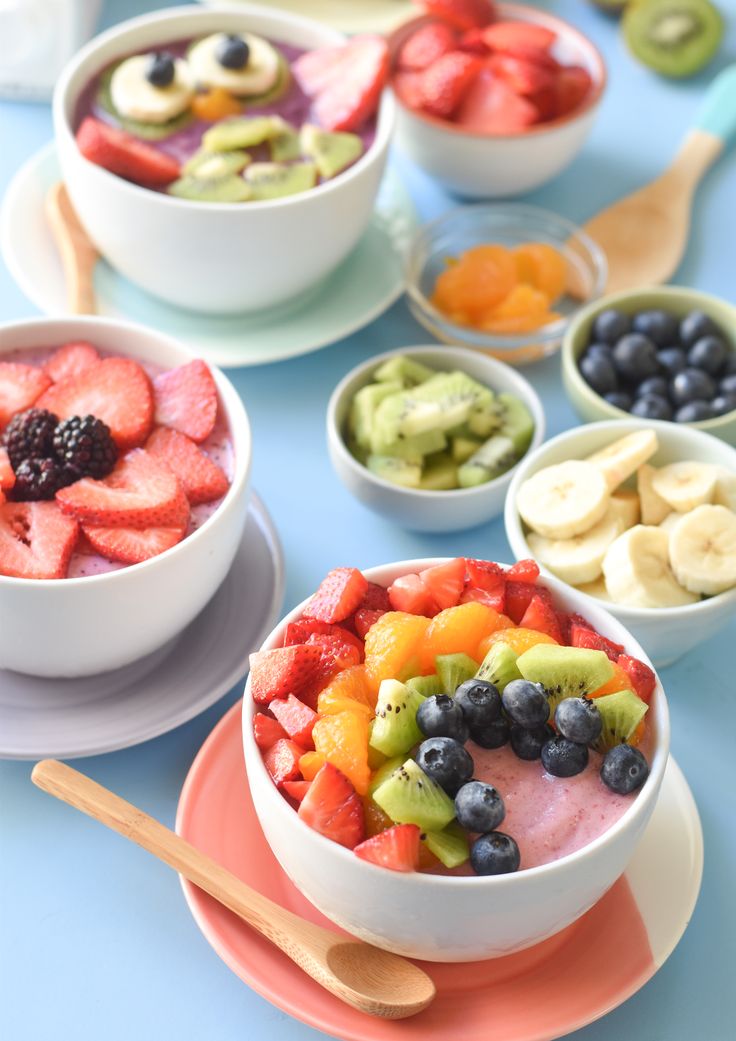 Again, you may have to take a few minutes longer at the grocer to read the various packages to see if any additives such as salts are in the veggies.
Again, you may have to take a few minutes longer at the grocer to read the various packages to see if any additives such as salts are in the veggies.
Picked at the peak of freshness, a vast majority of frozen veggies are flash frozen either right in the fields or in the warehouse close by. “Fresh” veggies may sit around in trucks and warehouses and criss-cross the country before it even makes it to your table.
Frozen fruits and veggies may be cooked and pureed and then turned back into frozen baby cubes. There is an absolute minimal nutrient loss in the cooking and refreezing of these food items. One rule of thumb to remember when cooking and freezing is this;
Fresh, freeze, cook, refreeze is OK
Fresh, freeze, thaw, refreeze is NOT OK
Fresh, cook, freeze, thaw is OK
Frozen, cook, refreeze is OK
Frozen, thaw, refreeze w/o cooking is NOT OK
For more information see Our Page on Freezing and Frozen Foods
What about using canned fruits and canned vegetables for Homemade Baby Food
Using canned fruits and veggies is really a LAST resort, read more on the Using Canned Fruits and Vegetables page.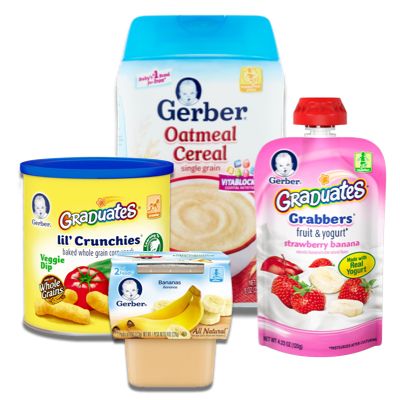 Canned fruits and veggies often contain additives such as salts, sugars, starches and other sweeteners or preservatives. There are some brands of canned fruits out there that pack their fruits in pear juice which is not as bad as the Heavy or Light Syrups. Applesauce may be found as 100% Natural with water (and maybe citric or ascorbic acid) and apples as the only ingredients. Again, you will need to spend a little extra time reading the labels thoroughly if you want to ensure that you find a canned fruit or veggie that is as close to natural as possible.
Canned fruits and veggies often contain additives such as salts, sugars, starches and other sweeteners or preservatives. There are some brands of canned fruits out there that pack their fruits in pear juice which is not as bad as the Heavy or Light Syrups. Applesauce may be found as 100% Natural with water (and maybe citric or ascorbic acid) and apples as the only ingredients. Again, you will need to spend a little extra time reading the labels thoroughly if you want to ensure that you find a canned fruit or veggie that is as close to natural as possible.
As regards canned veggies – they typically are loaded with salts and it is VERY hard to find unsalted canned veggies. Pureeing and freezing canned veggies and fruits is not the best thing for optimal nutrient content, but it is safe to do. A better idea may be to store the leftovers in the fridge for no longer than 48 hours and use within that time frame instead of freezing.
One thing to be mindful of is that while the canned veggies are sitting on the grocer’s shelf, they are leaching their nutrients into the liquid that they are packed in. If you are going to use canned fruits and/or veggies, be sure to use as much of the packing liquid as you are able to; this is unadvisable if the liquid contains a lot of additives and fillers.
If you are going to use canned fruits and/or veggies, be sure to use as much of the packing liquid as you are able to; this is unadvisable if the liquid contains a lot of additives and fillers.
Remember, always consult with your pediatrician regarding introducing solid foods to your baby and specifically discuss any foods that may pose allergy risks for your baby.
SHARE ON FACEBOOK SHARE ON PINTEREST
Can children have frozen vegetables? Frozen vegetables in meals and purees
The most popular frozen products are vegetables and fruits. Freezing on an industrial scale of such products is carried out by the method of shock freezing, which makes it possible to preserve their useful properties throughout the entire shelf life.
In the process of freezing, water molecules in a food product turn into crystals that can break cell walls and destroy biologically important molecules (vitamins). The advantage of shock freezing is based on the fact that during normal gradual freezing, large ice crystals are formed, which have a damaging effect on cells, while during quick freezing, these crystals are smaller and do not destroy cells, while maintaining the main structure of the product intact. At the same time, shock freezing prevents contamination of the product with bacteria, preserves the taste characteristics of the product unchanged, does not change the consistency of the products, and prevents loss of liquid. nine0003
At the same time, shock freezing prevents contamination of the product with bacteria, preserves the taste characteristics of the product unchanged, does not change the consistency of the products, and prevents loss of liquid. nine0003
Such vegetables and fruits have a number of advantages that make it possible to recommend them for use in children's nutrition, especially in winter:
- up to 90% of vitamins are preserved, primarily vitamin C;
- freezing is carried out during the harvest season, which avoids long-term storage;
- there is no need to use preservatives, as cold is the best way to preserve the product from the action of microorganisms. nine0012
However, if the product was thawed and then re-frozen on the way to the consumer, then all the useful qualities of this type of food are lost. Therefore, it is important to make sure the quality of the frozen products you buy.
Make sure that all the ingredients in the bag are not frozen together, there is no ice crunch when you feel the bag at hand, and the expiration date has not been reached (usually 24 months).
Important!
An important point is the correct preparation of frozen vegetables: they must not be thawed before cooking, but should be immediately thrown into boiling water frozen. This will save most of the nutrients. nine0003
Can I cook frozen vegetables myself? It is possible, but it should be remembered that there will be no useful properties that we expect with shock freezing when freezing in a household refrigerator. However, using home-grown vegetables and fruits, frozen at home, you will still get advantages over long-term stored and processed vegetables and fruits during the off-season sale. However, the recommended shelf life of such products does not exceed 2 months. nine0003
Freezing is best done by laying vegetables and fruits on a baking sheet separately from each other, and when the fruits are frozen, put them in a special sealed bag without oxygen. Be sure to include the freezing date.
Frozen meat and fish dishes are also possible. However, these can only be semi-finished products.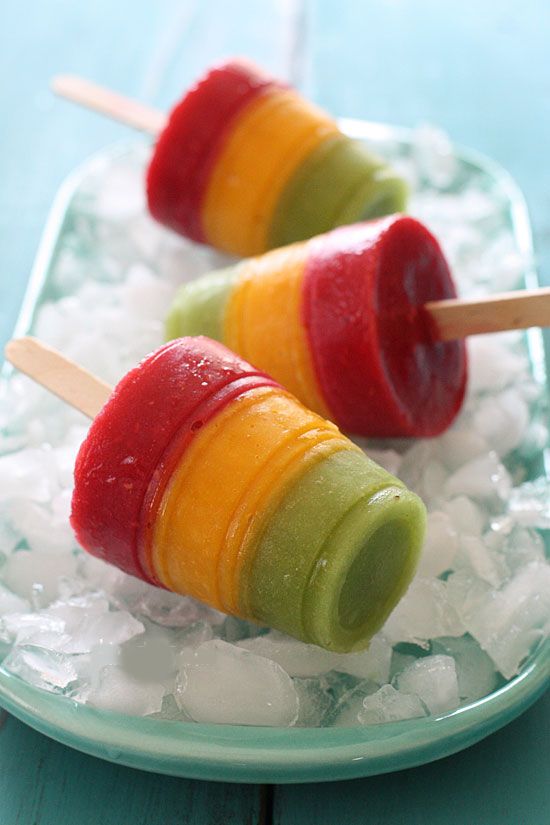 Ready-to-eat baby foods should not be frozen. The process of freezing semi-finished products from meat and fish is identical to the process of freezing vegetables and fruits. Baby food frozen this way can be stored for up to 2 months. nine0003
Ready-to-eat baby foods should not be frozen. The process of freezing semi-finished products from meat and fish is identical to the process of freezing vegetables and fruits. Baby food frozen this way can be stored for up to 2 months. nine0003
Look here for fruit and vegetable puree for crumbs
Frozen puree - harvesting vegetables and fruits for children for the winter » Suseki
Skwerl - Oct 12th, 2016
Categories: Freezing
Tags: Baby Puree, Frozen Pears, Freezing Vegetables, Apricot Puree, Pumpkin Puree, Blueberry Puree, Applesauce
trace elements. In summer, this is easy to do, there are many fresh vegetables and fruits, and in winter you need to come up with alternative options. A large number of manufacturers offer a wide range of ready-made baby purees, but are they really that good? After all, we do not know exactly what is in their composition, whether the technology of preparation and storage of products is correctly observed. And even if everything is fine there, then such a puree consists not only of vegetables and fruits, but at least sugar and thickeners are added there. So how to be? The answer is simple - make your own puree and store it in the freezer. nine0043 You can freeze in the form of puree absolutely any fruit, vegetable or even meat that a child can eat.
And even if everything is fine there, then such a puree consists not only of vegetables and fruits, but at least sugar and thickeners are added there. So how to be? The answer is simple - make your own puree and store it in the freezer. nine0043 You can freeze in the form of puree absolutely any fruit, vegetable or even meat that a child can eat.
Ingredients: meat, vegetables, fruits
Time for laying: summer, autumn
Content
- 1 Furifier from vegetables
- 2 Fruit freezing
- 3 Features of storage
- 4 consumption of frozen children
Freeze vegetable puree
Most often, mothers prefer to freeze seasonal vegetables, such as: zucchini, pumpkin, rhubarb, celery, green peas, cauliflower, broccoli, spring carrots, spinach. In order to freeze mashed vegetables, you must first bring these same vegetables to readiness. In this case, stewing vegetables is most suitable, this allows you to save more vitamins than boiling.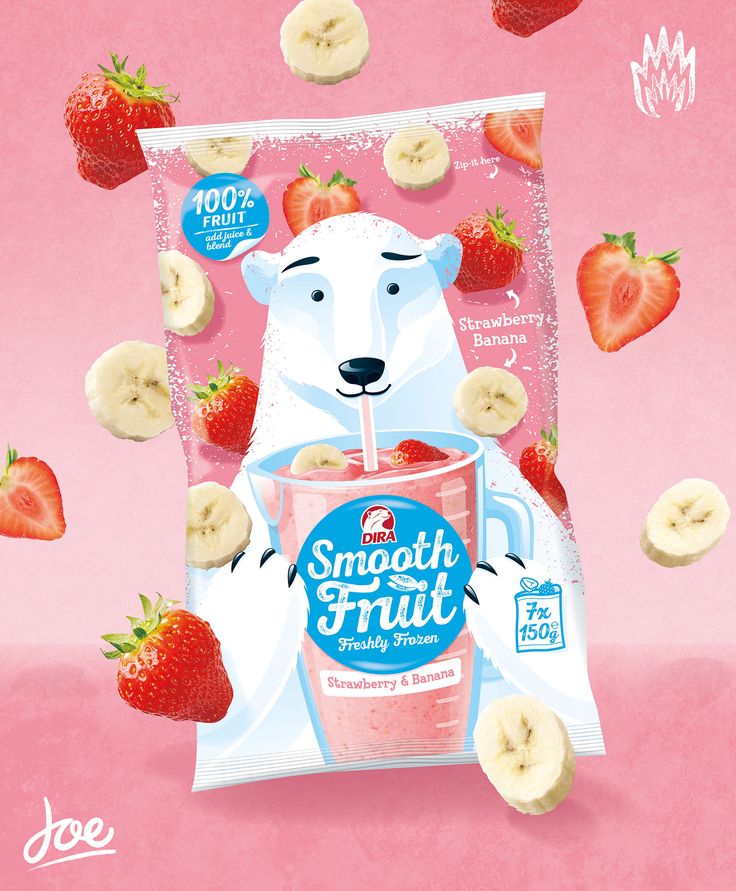 It is necessary to cook each vegetable separately and strictly observe the cooking time, so the zucchini will be ready in 15 minutes, and carrots or cauliflower will need 7-10 minutes more. You can also add pre-cooked meat to vegetables, children love this puree very much. Immediately after cooking, while still hot, it is necessary to turn the vegetables into a puree using a blender or by rubbing through a sieve, put them in a clean, dry dish and send them to the freezer. nine0003
It is necessary to cook each vegetable separately and strictly observe the cooking time, so the zucchini will be ready in 15 minutes, and carrots or cauliflower will need 7-10 minutes more. You can also add pre-cooked meat to vegetables, children love this puree very much. Immediately after cooking, while still hot, it is necessary to turn the vegetables into a puree using a blender or by rubbing through a sieve, put them in a clean, dry dish and send them to the freezer. nine0003
Freezing fruit puree
Fruit puree is even easier to prepare than vegetable puree. To prepare it, you just need to thoroughly wash the fruit, peel and puree them in any convenient way. Most often, mothers prefer to prepare mashed potatoes for their babies from apricots, peaches, plums, pears, apples. You can prepare a combined puree, for example, apple puree with blueberries, strawberries, currants or raspberries. These fruits lend themselves well to freezing and do not lose their taste and useful properties. nine0003
nine0003
Storage features
When it comes to baby food, it is very important to follow the food storage technology so as not to harm the baby. It must be remembered that baby puree cannot be re-frozen, so it is necessary to use dishes that fit only one serving. These can be jars of store-bought mashed potatoes, small plastic containers, ice molds. If there was a power outage and the products melted, they will have to be thrown away, it is not safe to give this to a baby (
Consuming frozen baby puree
In order to feed a child with frozen vegetable or meat and vegetable puree, you need to take out one serving and heat it in a water bath or in a microwave oven to the desired temperature, add a little butter or vegetable oil and you can eat.
Fruit puree is simply enough to defrost at room temperature, without cooking. Fruits and vegetables in the form of puree are successfully combined with various cereals, cottage cheese and kefir and make these dishes more attractive for little gourmets.




